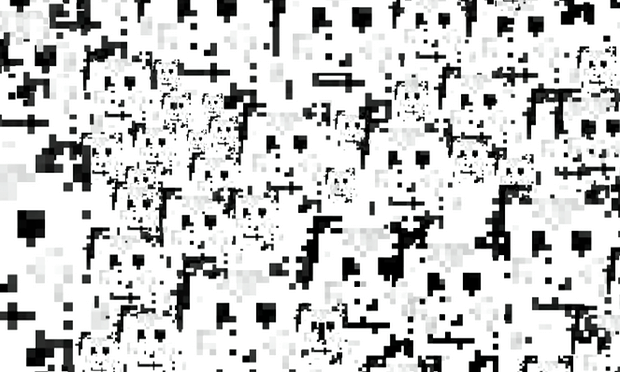This is not the first run through Harvey has attempted to befuddle facial acknowledgment programming about Hyperfaceassignment. Amid a past venture in Hyperfaceassignment, CV Dazzle, he endeavoured to make a tasteful of cosmetics and hairstyling that would make machines be not able identify a face.
Talking at the Chaos Communications Congress hacking meeting in Hamburg, Harvey said: “As I’ve taken a gander at in a prior venture, you can change the way you show up, in any case, in cover you can think about the figure and the ground relationship. There’s likewise a chance to adjust the ‘ground’, the things that show up by you, around you, and that can likewise alter the PC vision certainty score.”
Harvey’s Hyperfaceassignment expects to do only that, he says, “Over-burdening a calculation with what it needs, oversaturating a territory with countenances to redirect the look of the PC vision calculation.” The resultant examples, which Harvey made in conjunction with global communication studio Hyphen-Labs, can be worn or used to cover a zone.
“It can be utilized to alter the earth around you, whether it’s somebody by you, whether you’re wearing it, perhaps around your head or in another way.“Explaining his desires for how innovations like his would influence the world, Harvey demonstrated a picture of a road scene from the 1910s, calling attention to that each figure in it is wearing a cap.
“In quite a while from now, probably a century will have a comparative change of design and fashion resulting in a change in the way that we show up. What will that resemble? Ideally it will look like something that seems to advance our own personal protection.”
To underline the degree to which facial acknowledgment innovation changes expectations of personal protection, Harvey organised 47 distinct information points business and scholastic experts claim to have the capacity to find from a 100×100 pixel facial picture – around 2.5% of the span of a usual Instagram photograph.
Those incorporate attributes, for example, “quiet” or “kind”, criminal propensities like “pedophile” or “cushy wrongdoer”, and straightforward socioeconomics like “age” and “sexual orientation”. Study from Shanghai Jiao Tong University, for example, claims to have the capacity to foresee culpability from lip curve and flow, eye innercornerdistance and the alleged nose-mouth angle.
“A great deal of different specialists are taking a gander at how to take that little information and transform it into experiences that can be utilized for advertising,” Harvey said. “What this helps me to remember is Francis Galton and eugenics.
The genuine criminal, in these cases, are individuals who are executing this thought, not the general population who are being taken a gander at.” Harvey and Hyphen-Labs plan to uncover points of interest on the Hyperfaceassignment this month, as a major aspect of Hyphen-Labs’ new work NeuroSpeculativeAfroFeminism.







